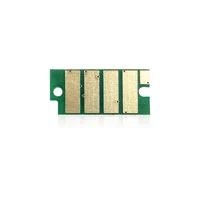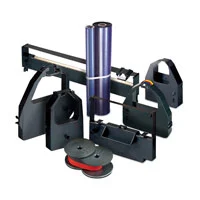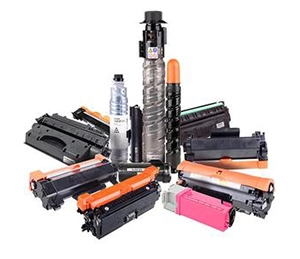
Search
Ever stood in the printer aisle wondering, “Which ink cartridge should I buy?” If yes, you’re not alone! Choosing the right ink cartridge is like picking the right ingredients for a recipe—it can make or break the final result. Today, we’re diving into the world of OEM and compatible ink cartridges to help you make an informed choice.

What Does OEM Stand For?
OEM stands for Original Equipment Manufacturer. Simply put, these cartridges are made by the same company that made your printer.
How OEM Cartridges Are Made
OEM cartridges are designed specifically for your printer model. They’re like custom-tailored suits—everything fits perfectly.
Key Features of OEM Cartridges
Quality and Performance: OEM cartridges are known for their top-notch quality. They’re built to work seamlessly with your printer, ensuring crisp and vibrant prints every time.
Compatibility with Printers: Since they’re made by the printer’s manufacturer, you won’t have to worry about any compatibility issues.
Definition of Compatible Cartridges
Compatible cartridges are third-party products designed to work with your printer but aren’t made by the original manufacturer. Think of them as the off-brand version of your favorite snack.
How Compatible Cartridges Are Manufactured
These cartridges are made by companies that reverse-engineer the printer’s specs. They’re not knock-offs but alternatives.
Key Features of Compatible Cartridges
Cost-Effectiveness: These cartridges are usually much cheaper than OEM options, such as premium compatible laser toner cartridge, making them a favorite for budget-conscious users.
Variety and Availability: Compatible cartridges often come in a wider range of options, giving you more flexibility.
Quality and Print Performance
While OEM cartridges generally deliver consistent quality, many compatible options have improved significantly and can match OEM standards.
Price Differences
OEM cartridges are like designer clothes—great quality but with a hefty price tag. Compatible cartridges, on the other hand, are your budget-friendly alternatives.
Environmental Impact
Many compatible cartridges are made with recycled materials, which can make them a more eco-friendly choice compared to OEM cartridges.
Advantages
Reliability: You can count on OEM cartridges to perform consistently.
Warranty Support: Using OEM cartridges often keeps your printer warranty intact.
Disadvantages
High Costs: Their price can be a dealbreaker for many.
Limited Options: OEM cartridges come in fewer variations compared to compatible ones.
Advantages
Affordability: Save money without sacrificing too much quality.
Wide Availability: Easier to find, especially for older printer models.
Disadvantages
Risk of Compatibility Issues: Not all compatible cartridges work perfectly with every printer.
Quality Inconsistencies: Quality can vary between brands.
Do Compatible Cartridges Damage Printers?
Not necessarily. Most modern compatible cartridges are safe to use as long as they’re from reputable brands.
Is Print Quality Always Inferior with Compatible Cartridges?
Nope! Many compatible cartridges now offer quality that rivals OEM options.
Factors to Consider
Printing Frequency: Frequent users may prefer OEM for reliability, while occasional users might opt for compatible cartridges.
Budget: If you’re watching your wallet, compatible cartridges are a clear winner.
Type of Documents or Images Printed: High-quality photo printing might require OEM cartridges.
Checking Printer Compatibility
Always double-check that the cartridge matches your printer model.
Reading Reviews and User Experiences
Learn from others who’ve tried the same product.
Buying from Reputable Sources
Stick to trusted retailers to avoid counterfeit products.
Whether you choose OEM or compatible ink cartridges depends on your priorities. OEM cartridges offer reliability and quality but come at a higher cost. Compatible cartridges are budget-friendly and increasingly reliable. Ultimately, the decision boils down to your specific needs and preferences.










